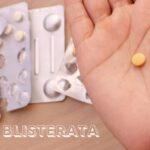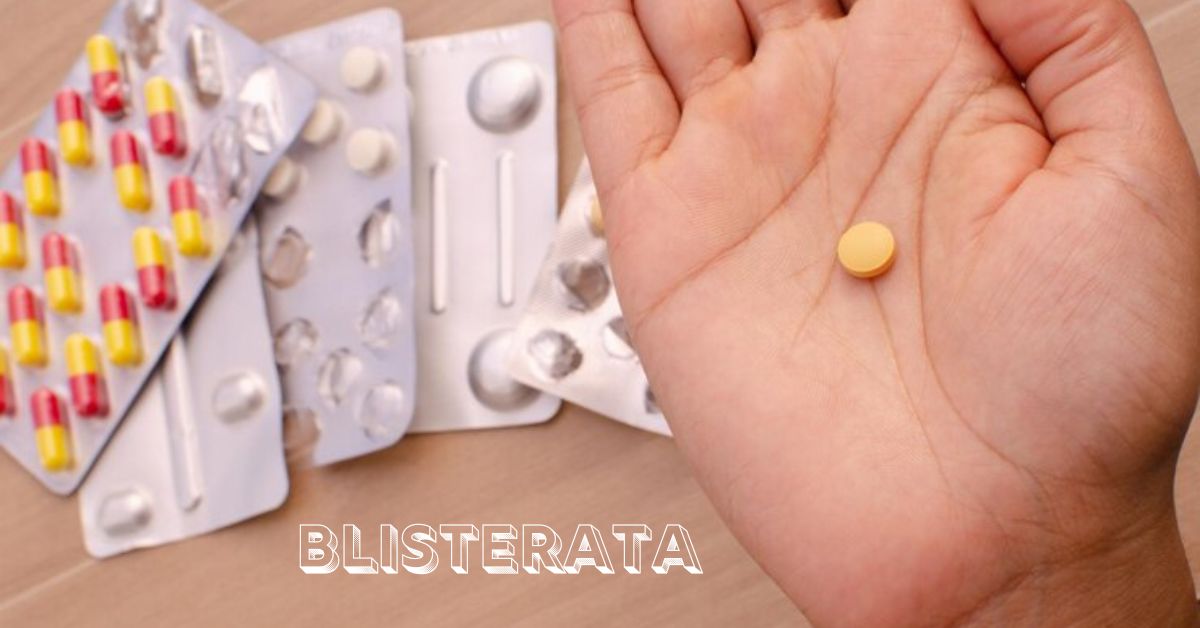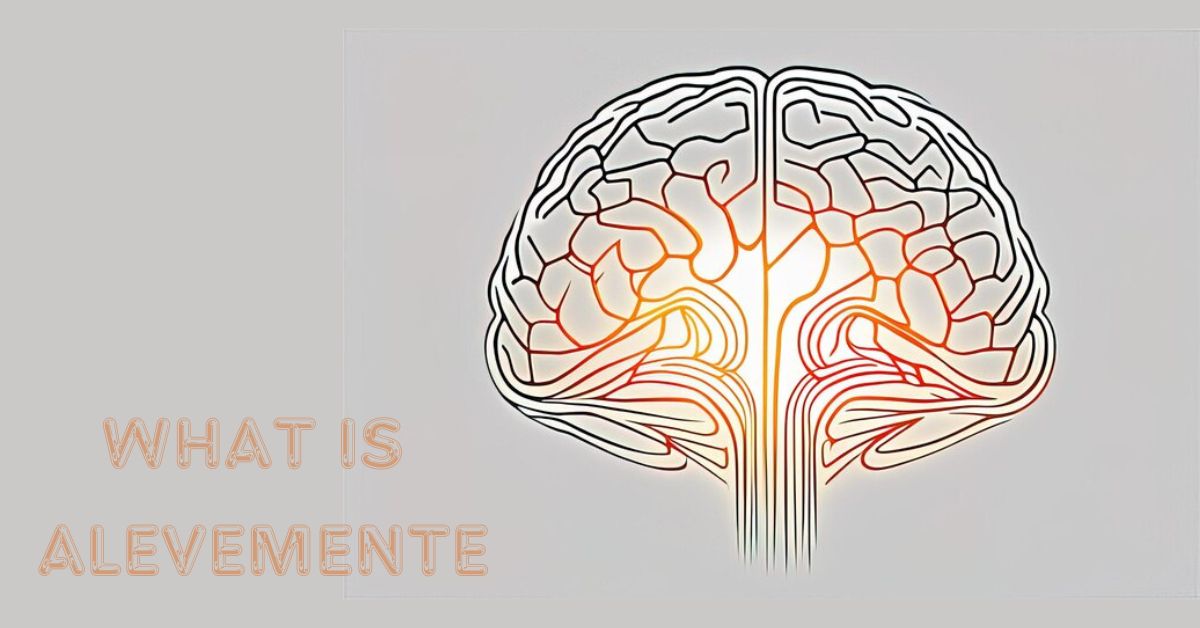Blisterata, a condition characterized by the formation of blisters on the skin, is a dermatological concern that affects individuals of all ages. While it may seem like a minor issue, understanding its causes, impact, and prevention strategies is crucial for overall well-being.
Blisterata, also known as blister formation disorder, refers to a medical condition where blisters develop on the skin due to various underlying factors. These blisters can range from small and inconsequential to large and painful, significantly impacting an individual’s quality of life.
Definition and Overview
The term “blisterata” encompasses a spectrum of conditions that result in blister formation. These blisters may arise spontaneously or in response to external stimuli such as friction, heat, or chemicals. Understanding the root causes of blisterata is essential for effective management and prevention.
Importance of Understanding Blisterata
In today’s fast-paced world, skin conditions like blisterata often go overlooked or misdiagnosed. However, gaining insights into the causes, impact, and prevention strategies can empower individuals to take proactive steps towards better skin health and overall well-being.
Causes of Blisterata
Blisterata can have multifactorial causes, including genetic predisposition, environmental triggers, and lifestyle choices.
Genetic Factors
Genetic mutations and hereditary conditions play a significant role in some cases of blisterata. Certain genetic disorders can affect the skin’s structure and function, making it more susceptible to blister formation.
Environmental Triggers
Exposure to environmental factors such as extreme temperatures, sunlight, or certain chemicals can trigger blister formation in susceptible individuals. Understanding and minimizing exposure to these triggers is essential for managing blisterata.
Lifestyle Choices
Certain lifestyle habits, such as smoking, poor nutrition, and excessive alcohol consumption, can exacerbate blisterata. Adopting healthy lifestyle choices, including regular exercise and a balanced diet, can help reduce the risk of blister formation.
Impact of Blisterata
Blisterata not only affects the physical appearance of the skin but also has profound emotional and psychological effects on individuals.
Physical Effects
The presence of blisters can cause discomfort, pain, and itching, making everyday tasks challenging. In severe cases, blister rupture can lead to infections and complications, requiring medical intervention.
Emotional and Psychological Impact
Living with blisterata can take a toll on one’s self-esteem and mental well-being. The visible nature of the condition may lead to social stigma, anxiety, and depression, affecting overall quality of life.
Prevention Strategies for Blister’ata
While blisterata may not always be preventable, adopting certain preventive measures can help minimize the risk of blister formation and alleviate symptoms.
Genetic Counseling
Individuals with a family history of blisterata or genetic predisposition may benefit from genetic counseling. This can help assess the risk factors and provide guidance on preventive measures and management strategies.
Environmental Modifications
Avoiding known triggers such as extreme heat, friction, or irritants can help prevent blister formation. Using protective clothing, sunscreen, and barrier creams can provide additional protection for sensitive skin.
Healthy Lifestyle Practices
Maintaining a healthy lifestyle, including proper hydration, nutrition, and skincare, can support skin health and resilience. Avoiding smoking, excessive alcohol consumption, and stress can also help reduce the risk of blisterata flare-ups.
Diagnosis and Treatment Options
Diagnosing blister’ata involves a thorough medical evaluation, including a physical examination and, in some cases, laboratory tests or skin biopsies.
Medical Tests for Diagnosis
Diagnostic tests such as blood tests, skin biopsies, or allergy tests may be conducted to identify underlying causes or triggers of blisterata.
Medications and Therapies
Treatment options for blister’ata may include topical or oral medications to reduce inflammation, alleviate symptoms, and prevent infection. Additionally, therapies such as phototherapy or laser treatment may be recommended for severe cases.
Surgical Interventions
In rare cases where conservative treatments fail to provide relief, surgical interventions such as blister drainage or skin grafting may be considered to manage recurrent or debilitating blisters.
Living with Blisterata
Coping with blisterata requires a combination of self-care strategies, support systems, and professional medical guidance.
Coping Mechanisms
Finding effective coping mechanisms such as mindfulness techniques, relaxation exercises, or support groups can help individuals manage the physical and emotional challenges associated with blister’ata.
Support Systems
Seeking support from healthcare professionals, dermatologists, and peers can provide valuable guidance, reassurance, and encouragement throughout the journey of living with blisterata.
Research and Advances in Blister’ata
Ongoing research and advancements in dermatology continue to shed light on the underlying mechanisms of blisterata and potential treatment options.
Current Studies and Findings
Researchers are exploring novel therapies, genetic interventions, and targeted treatments to better understand and manage blisterata effectively. Clinical trials and studies aim to improve diagnosis, treatment outcomes, and quality of life for individuals affected by blister’ata.
Future Prospects
Advancements in technology, genetics, and personalized medicine hold promise for the future of blister’ata management. Collaborative efforts among researchers, healthcare professionals, and advocacy groups are crucial for driving progress and improving patient outcomes.
Conclusion
Understanding blisterata is essential for effective management and prevention. By recognizing its causes, impact, and preventive strategies, individuals can take proactive steps towards better skin health and overall well-being.
FAQs
What are the common symptoms of blister’ata?
Common symptoms include blister formation, itching, pain, and skin inflammation.
Is blisterata hereditary?
While some forms of blister’ata have a genetic component, not all cases are hereditary.
Can blisterata be cured completely?
While there is no cure for blister’ata, symptoms can be managed effectively with proper treatment and preventive measures.
How can one manage the pain associated with blisterata?
Pain management strategies may include topical or oral medications, cooling compresses, and avoiding triggers.
Are there any natural remedies for blister’ata?
Some individuals find relief from natural remedies such as aloe vera, oatmeal baths, or chamomile tea compresses, but these should be used cautiously and in conjunction with medical advice.







